Table of Content
Many enterprises focus solely on building technical capabilities but then find themselves still struggling to develop software due to a lack of understanding of their organizational culture and team dynamics. Software development is becoming increasingly complex and requires well-organized teams to interact and meet the system’s demands
Managers must build agile teams that operate independently and are structured around a work stream that responds to feedback and delivers value. Agile development principles and values emphasize teams working together, communicating and collaborating early and often, and adapting according to feedback.
In practice, product development is highly dynamic and requires teams to interact with other teams, necessitating coordination and support throughout the software development cycle. As many factors affect this process, including organization model, communication culture, management style, scenarios, context, complexity, and more, not all enterprises build and deliver software efficiently.
Agile Organization Model
The relationship between team structure, culture, and communication profoundly influences not only how software is developed but also its final outcome. Therefore, effectively aligning teams is critical for business success.
This long-standing principle, articulated by Melvin Conway in 1967, is known as Conway’s Law. It posits that organizations tend to design systems that mirror their own communication structures. The agile organizational model directly addresses this by structuring its teams to achieve the desired software architecture. Agile development teams are designed to adapt to the operating context and the needs of their end users, ultimately leading to successful outcomes. Consequently, forming outcome-based teams with specific skills and capacities is essential to build the right software.
Agile Team Structure & Design Principles
Software development is a team activity that requires a team structure optimized for various aspects in order to deliver software consistently and at high velocity. Managers create agile teams and design an interaction model that fosters responsibility, accountability, and a lean-agile mindset focused on solving end-user needs.
Organizational design is optimized by creating teams with specific responsibilities and behaviors. Agile organizations design team structures around responsibilities, fostering team autonomy, fluid interrelationships, and independent work streams.
When considering which team structure to adopt, agile teams are typically organized around business value (features) and technical components, which collectively form the basis of the overall system. This organization ensures that teams work effectively on distinct parts of the system. The SAFe agile framework, for instance, describes various team types that can be considered in agile team design:
- Stream-Aligned Teams (often Agile/Scrum): These are the primary teams, organized around a business value and aligned to a single, continuous flow of work within a specific business domain or capability. Working with live systems and closely with users, these teams operate independently, often being supported by other specialized teams.
- Shared Services Teams: These subsystem teams possess specialized skills that provide support to other agile teams.
- Enabling Teams: These specialists assist other teams in adopting new technologies, capabilities, and practices.
- Cloud/Platform Teams: These teams provide essential platforms, APIs, tools, and services to other development teams.
Agile Team Interactions
The software development process requires empowered teams with structures that seamlessly integrate into workflows and adapt with agility. Additionally, flexible interactions across organizational structures and clear behavioral expectations cultivate a highly trusting environment.
Agile teams are designed to evolve with the organization, its people, and its technologies based on collaboration and communication that promote healthy team relationships. Innovative organizations promote a flexible team-centric approach and foster organizational awareness to enable teams to best adapt to changing product needs.
Strategic agile team assignment is a core competency essential for achieving business agility, as these teams create and support software products. Therefore, the business depends on its team organization and technical competency for building reliable products.
Agile teams align with other teams to deliver results, focusing on optimizing the flow of changes, sharing agile best practices, and continuously learning through feedback mechanisms, with information flowing directly from the operational environment. Empowering teams to reduce handoffs and work within their defined boundaries further encourages adaptive change.
Teams that continuously improve from feedback develop a keen awareness of their product users and market needs, enabling them to quickly identify issues and respond effectively.
Successful agile teams rely on factors such as the operational context, leadership, experience, and interactions with the broader organizational environment, all of which must be considered during agile team design.
Agile teams are self-sufficient. They engage in coordinated code sharing when developing features with other teams, maintaining a high level of discipline. By avoiding the accumulation of technical debt, they further enhance system stability.
Specific roles facilitate and support interactions between teams to improve delivery cadence. Agile teams often have external dependencies on IT operations functions (such as platform or enabling teams) that provide self-service capabilities, thereby preserving team autonomy and preventing delays.
Teams collaborate to explore, discover, and exchange technical information needed to solve problems and improve product designs. Another common interaction occurs when a team provides a software component or API that defines a service consumed by another team, often with minimal verbal collaboration.
Agile teams also benefit from interactions with enabling teams, who facilitate and support other teams in developing capabilities, thereby reducing problems and improving overall effectiveness.
Team interactions are designed to align with the intended software product’s evolution and continuously adjust based on the evolving needs, requirements, or contexts of interacting teams.
Managers assign workloads to agile teams based on their level of expertise and domain complexity; furthermore, they actively minimize context switching to prevent overloading and maintain high team motivation. The system’s size and the team’s capacity are also evaluated to design optimal software boundaries, ensuring the cognitive load aligns with team size for a productive workflow.
Continuous evaluation of team interactions and diligent workload management help avoid bottlenecks without surpassing the team’s cognitive capacity. It is critical to implement an organizational model that ensures the development of the right software. This model must consider culture and organizational changes, fostering a team structure where members interact and collaborate effectively to thrive in unpredictable and uncertain business environments.
Key Agile Team Characteristics
1. Team Structure and Composition: The structure and composition of Agile teams are foundational to delivering high-quality software at speed and scale. Effective Agile teams are deliberately small, cross-functional, and self-sufficient, with the necessary skills and authority to deliver complete slices of functionality. Organizing teams around value streams or product domains enables alignment with business goals, while keeping team sizes within cognitive limits supports effective collaboration and decision-making. By optimizing team structure, organizations create the conditions for flow, autonomy, and sustained delivery performance.
- Flow-Based Team Model: Work is organized around continuous value delivery rather than rigid stages or functions.
- Team Size: 5–9 Members: Optimal range to balance communication efficiency and cognitive capacity.
- Self-Sufficient and Cross-Functional: Teams possess all necessary skills to deliver end-to-end value.
- Aligned to Value Streams: Teams are structured around problem domains or business capabilities.
2. Autonomy and Responsibility: High-performing Agile teams operate with a high degree of autonomy and take full responsibility for the outcomes they deliver. Autonomy allows teams to make decisions close to the work, reducing delays and dependencies. This is paired with clear accountability—teams are not only empowered but also expected to own the quality, performance, and evolution of their solutions. When decision-making authority is distributed appropriately, teams can respond rapidly to change while maintaining alignment with organizational goals.
- Team Autonomy with Low External Dependencies: Enables faster decision-making and greater adaptability.
- Full Ownership of Deliverables: Teams are accountable for the quality, maintenance, and evolution of their outputs.
- Authority and Accountability: Decision rights are delegated to the team level to increase responsiveness.
3. Architecture and Boundaries: Agile team effectiveness is strongly influenced by the alignment between team structures and the system architecture. To reduce cognitive load and enable ownership, software boundaries should be modular and sized to match a team’s capacity to understand and manage them. Clear architectural boundaries reduce the need for handoffs and allow teams to work independently without constant coordination. By aligning architectural design with team boundaries, organizations can scale development while preserving speed and quality.
- Software Architecture Aligned to Team Boundaries: Aligning software modularity with team ownership reduces complexity and enhances scalability.
- Software Boundaries Reflect Cognitive Load: System boundaries are sized to match the team’s capacity to understand and manage them.
- Reduced Handoffs: Work is contained within teams wherever possible to improve flow and reduce delays.
4. Purpose and Collaboration: Agile team effectiveness is strongly influenced by the alignment between team structures and the system architecture. To reduce cognitive load and enable ownership, software boundaries should be modular and sized to match a team’s capacity to understand and manage them. Clear architectural boundaries reduce the need for handoffs and allow teams to work independently without constant coordination. By aligning architectural design with team boundaries, organizations can scale development while preserving speed and quality.
- Aligned Around a Shared Purpose: Teams work toward common goals with clarity and focus.
- Strong Team Cohesion: Reinforced through coaching, mentoring, and continuous team development.
5. Continuous Improvement: Agile team effectiveness is strongly influenced by the alignment between team structures and the system architecture. To reduce cognitive load and enable ownership, software boundaries should be modular and sized to match a team’s capacity to understand and manage them. Clear architectural boundaries reduce the need for handoffs and allow teams to work independently without constant coordination. By aligning architectural design with team boundaries, organizations can scale development while preserving speed and quality.
- Supported by Agile Coaching and Mentoring: Helps teams mature in practices, communication, and technical skills.
- Feedback Loops and Learning Culture: Teams regularly reflect and adapt to improve effectiveness.
Agile Team Interactions Evolution & DevOps
Organizational design focuses on creating team interaction modes that facilitate efficient flow and enable the optimal approach to software delivery, as required by the organization. Business conditions change frequently, and products adapt quickly to meet users’ needs. Therefore, product-building teams must evolve in parallel with the business, adapting to changing environments to remain competitive.
Agile teams continuously adapt to new conditions, evolving their communication and service provision to support other teams. This necessitates careful communication and a strong awareness of agile best practices among teams. Furthermore, a clear understanding of communication mechanisms and collaboration methods ensures members grasp their boundaries and behavioral expectations.
The critical interaction between development and operations teams, driven by the need to improve operational performance, gave rise to the DevOps movement. Development and operations teams collaborate to transform the software delivery process. Agile teams integrate DevOps practices and capabilities to add value to the value stream, enabling consistent, high-velocity application delivery.
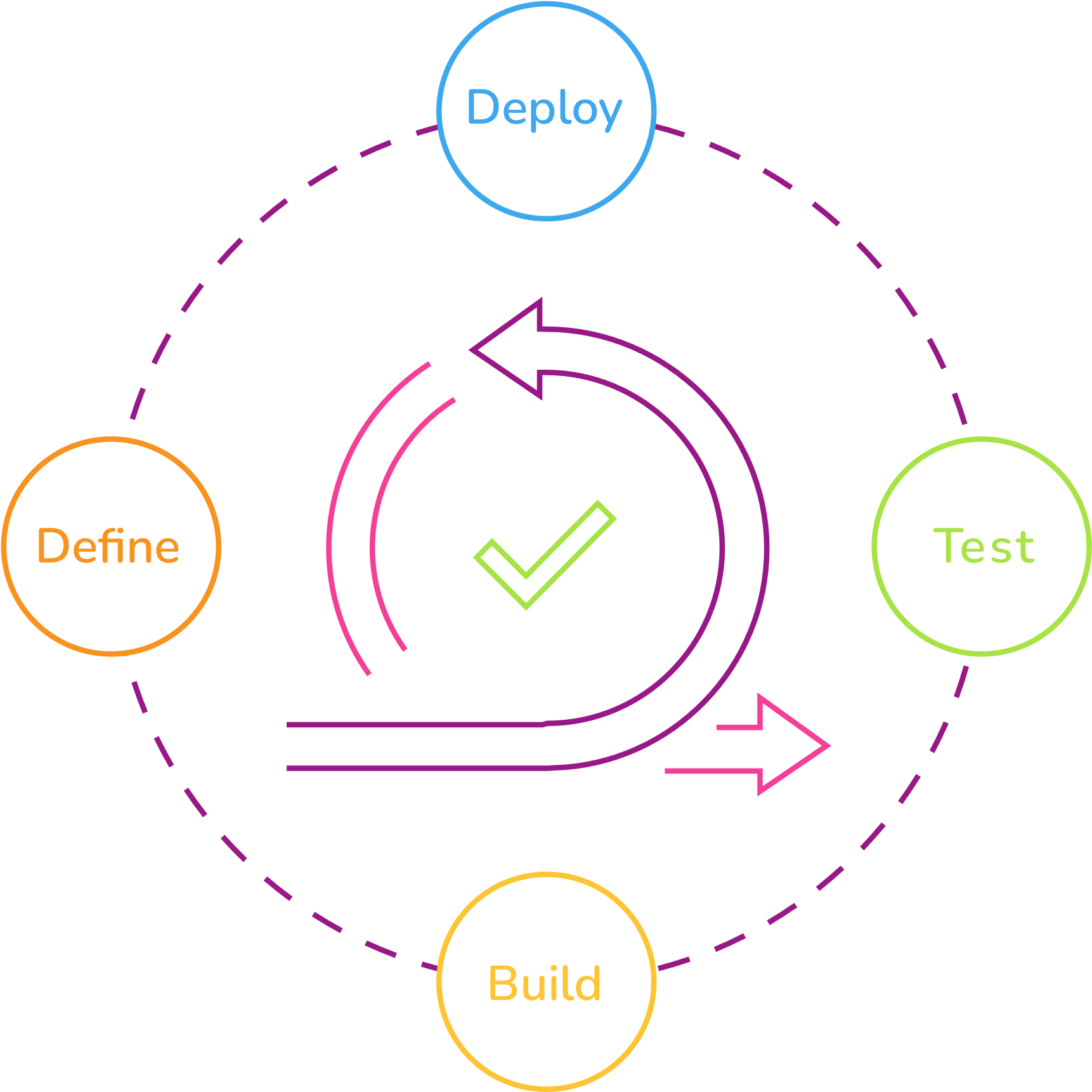
DevOps teams are formed based on the enterprise’s operational context, the technical maturity of its teams, and the scale of its software needs. Applying DevOps practices helps optimize team commitment and ensures system reliability.
Team leaders effectively define responsibilities, foster capability building, and make adjustments to split responsibilities, thereby avoiding the creation of dependencies. Agile leadership establishes methods for tracking responsibilities, maintains appropriate communication patterns, and identifies the impact or interference of dependencies in the workflow.
Effective agile teams result from sound technical practices and supportive leadership, leading to strong operational and delivery performance. Implementing agile and DevOps practices helps build and improve key capabilities to gain speed and stability. Managers understand their teams’ capabilities and provide support to drive improvements. Capabilities are tied to outcomes and can be cultural, technical, or operational.






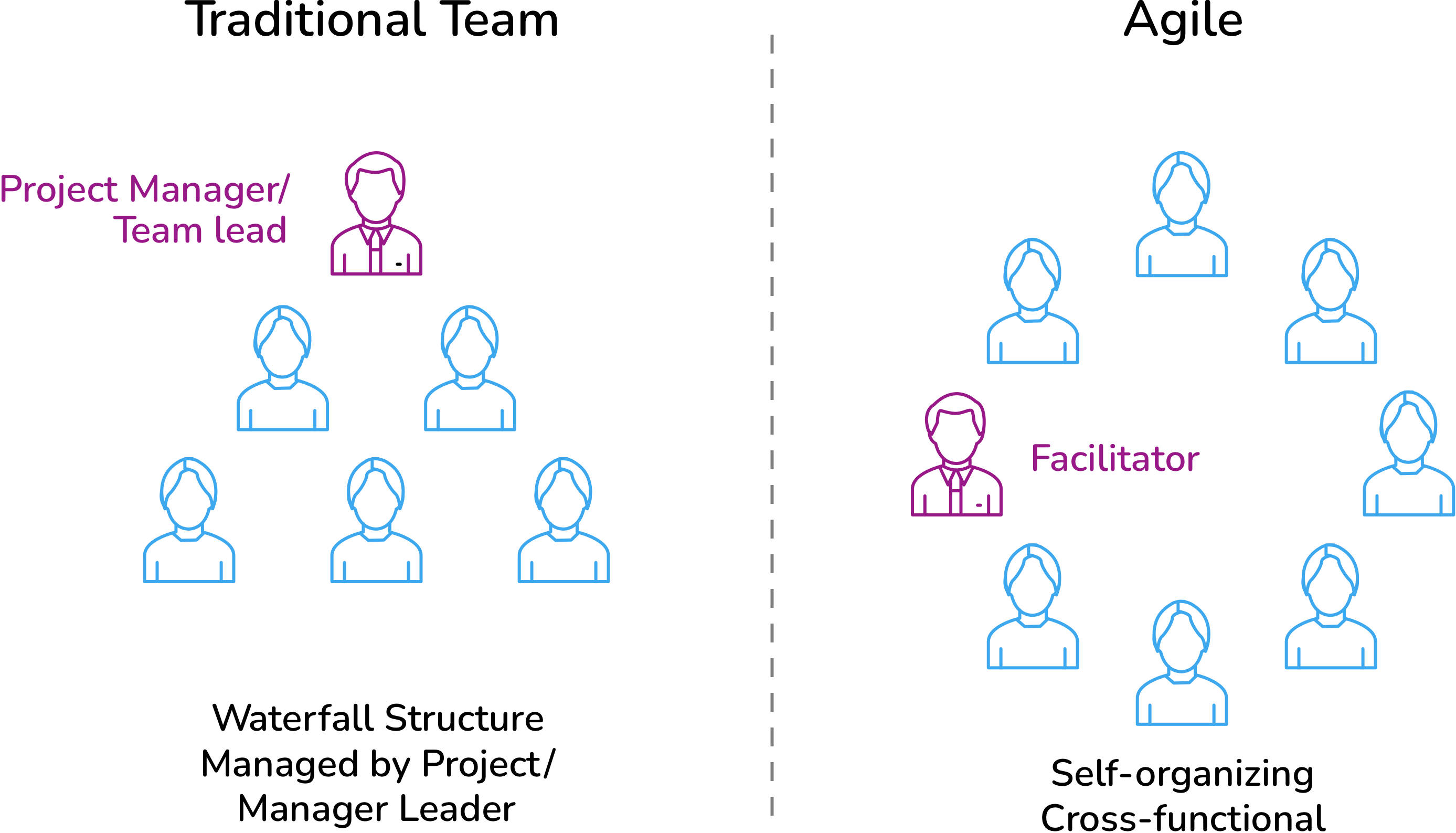
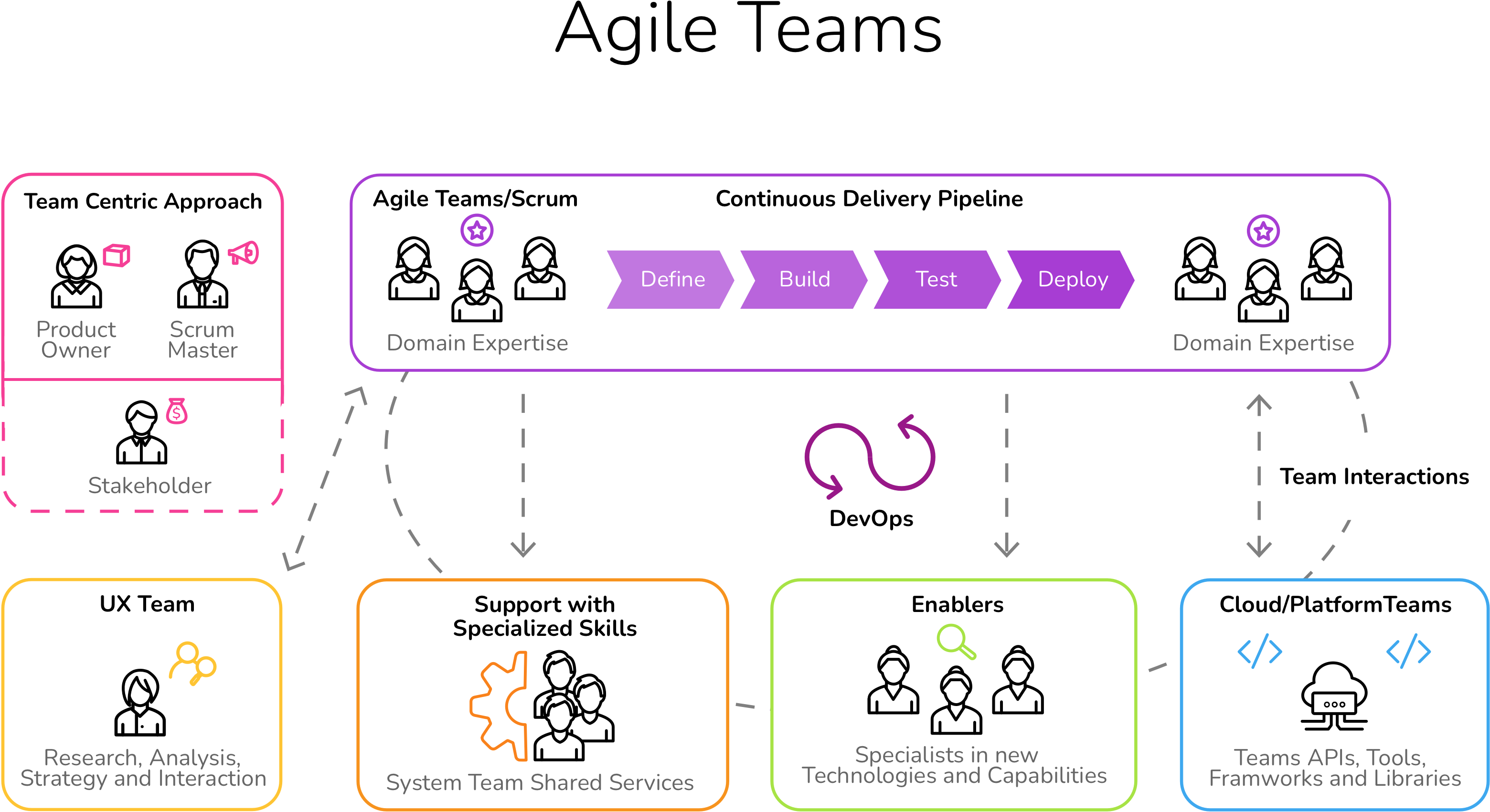
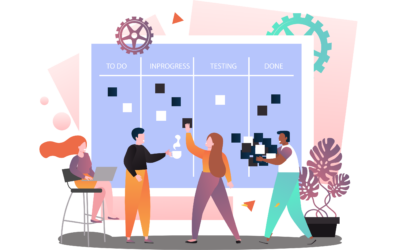

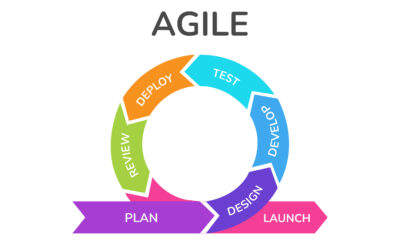

0 Comments